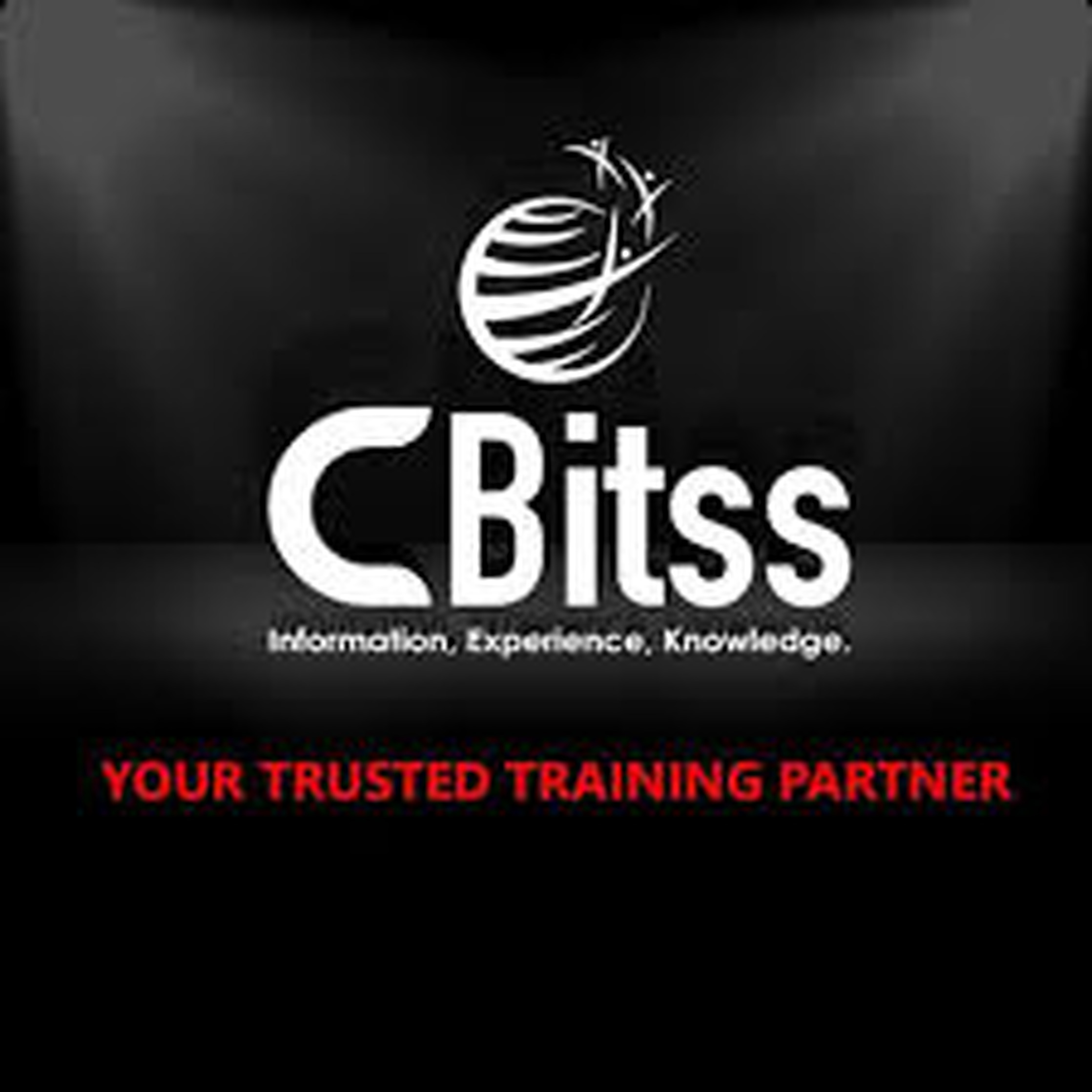The world of language services has evolved, placing synchronous translation at the forefront of global communication. Whether in conferences, international meetings, or live broadcasts, professional synchronous translators play an essential role in bridging language barriers seamlessly. But what makes a translator exceptional in this high-demand field? Here’s a look at the essential skills that professional synchronous translators must hone to excel in their craft.
1. Expert Language Proficiency
Being a bilingual or multilingual speaker is just the starting point. Professional synchronous translators must have superior command of both their source and target languages, including a deep understanding of colloquial expressions, idioms, and nuanced meanings. This proficiency enables them to translate spoken content instantly and accurately without losing the essence of the original message.
Expanding Language Repertoire
Synchronous translators are often required to work with specialized terminology in fields like medicine, law, technology, and finance. Therefore, ongoing education to expand vocabulary and stay updated with language trends is crucial. Reading industry-specific journals, attending workshops, and engaging with native speakers can help maintain and improve language proficiency.
2. Exceptional Listening and Comprehension Skills
The ability to actively listen and comprehend spoken content is vital in synchronous translation. Translators must process information in real-time, often translating complex sentences while listening to the next part of the speech. This requires sharp listening abilities and a knack for deciphering accents, speech speeds, and unclear audio.
Practicing Active Listening
Professional translators regularly engage in listening exercises that mimic real-life situations, such as recording and translating speeches or listening to live broadcasts in the source language while summarizing the main points. This practice helps build cognitive stamina and sharpens the ability to focus under pressure.
3. Rapid Decision-Making and Adaptability
Synchronous translation is demanding; translators have no time to pause and ponder the perfect word choice. Quick decision-making and the ability to adapt to unexpected speech patterns, changes in subject matter, or technical difficulties are crucial.
Staying Composed Under Pressure
Professional synchronous translators must remain calm and maintain clarity during high-stress situations. Techniques such as breathing exercises, quick mental resets, and efficient use of context clues can aid translators in delivering high-quality interpretations consistently.
4. Strong Cultural Competence
Language and culture are deeply intertwined. To convey messages accurately, synchronous translators need to understand the cultural context of both the source and target languages. Cultural competence ensures that translations are not only linguistically correct but also culturally appropriate, avoiding potential misunderstandings or offensive phrasing.
Bridging Cultural Nuances
Synchronous translators should be familiar with cultural references, traditions, and sensitivities. This knowledge helps in providing translations that resonate with the target audience and align with the original speaker’s intent. Continuous cultural education through travel, reading, and interacting with people from diverse backgrounds is invaluable.
5. Superior Memory and Concentration
Synchronous translation relies heavily on a translator’s ability to remember what was said moments before, while simultaneously listening to and translating new information. This skill, known as working memory, must be well-trained to handle the cognitive load that comes with the job.
Memory Enhancement Techniques
Translators can benefit from memory training exercises, such as recalling sequences of numbers or memorizing short speeches. These activities help improve the retention of information and allow translators to manage their cognitive load effectively during live translation.
6. Clear and Controlled Voice Projection
The way a translator delivers their message is as important as the content itself. Clear and controlled voice projection ensures that listeners can understand the translation easily, even during long and complex speeches. Professional translators must train their voice to maintain a steady pace, avoid monotony, and express necessary emotions to keep the audience engaged.
Voice Training Tips
Voice training involves practicing articulation exercises and maintaining a natural tone. Translators should also ensure they use proper breathing techniques to prevent fatigue and maintain a clear voice throughout long sessions.
7. Technical Skills and Equipment Familiarity
Synchronous translators often work with advanced translation equipment such as headsets, microphones, and audio consoles. Familiarity with these tools and the ability to troubleshoot common technical issues is essential to avoid disruptions during a session.
Preparing for Technical Challenges
Ensuring a smooth translation session involves preparing backup equipment, knowing how to switch between channels, and familiarizing oneself with the conference platform being used. Professional translators must also be adept at using digital resources and CAT (Computer-Assisted Translation) tools to support their work.
8. Strong Research Skills
Translators must often familiarize themselves with the subject matter before an assignment. Whether it’s a conference on climate change or a business meeting about a new technology, strong research skills are essential for understanding the terminology and context.
Building Research Proficiency
Effective research involves scanning industry reports, white papers, and articles on relevant topics to identify key terms and concepts. Translators should also create glossaries for niche subjects to ensure smooth delivery during the actual event.
9. Ethical Standards and Confidentiality
Professional translators must adhere to strict ethical standards, including maintaining confidentiality. Trustworthiness is paramount in sensitive settings such as diplomatic meetings or corporate negotiations.
Upholding Professional Integrity
A professional synchronous translator follows a code of ethics that includes honesty, neutrality, and the protection of confidential information. Translators should take steps to safeguard documents and discussions, ensuring that private information remains secure.
10. Continuous Professional Development
The world of synchronous translation is ever-evolving, with new technologies and practices continually being introduced. Professional translators must stay updated to remain competitive and deliver the best possible service.
Embracing Lifelong Learning
Attending conferences, training programs, and certification courses helps translators stay at the forefront of industry advancements. Keeping up with trends such as the integration of AI in translation and learning new languages are also beneficial.
Conclusion
Becoming a professional synchronous translator requires more than just knowing multiple languages; it demands a unique blend of skills that support fast, accurate, and culturally appropriate translation. From strong listening and rapid decision-making abilities to voice control and technical know-how, each skill contributes to successful, real-time interpretation. Continuous learning and a commitment to high ethical standards ensure that translators provide exceptional service, maintaining their status as vital connectors in our globalized world.




